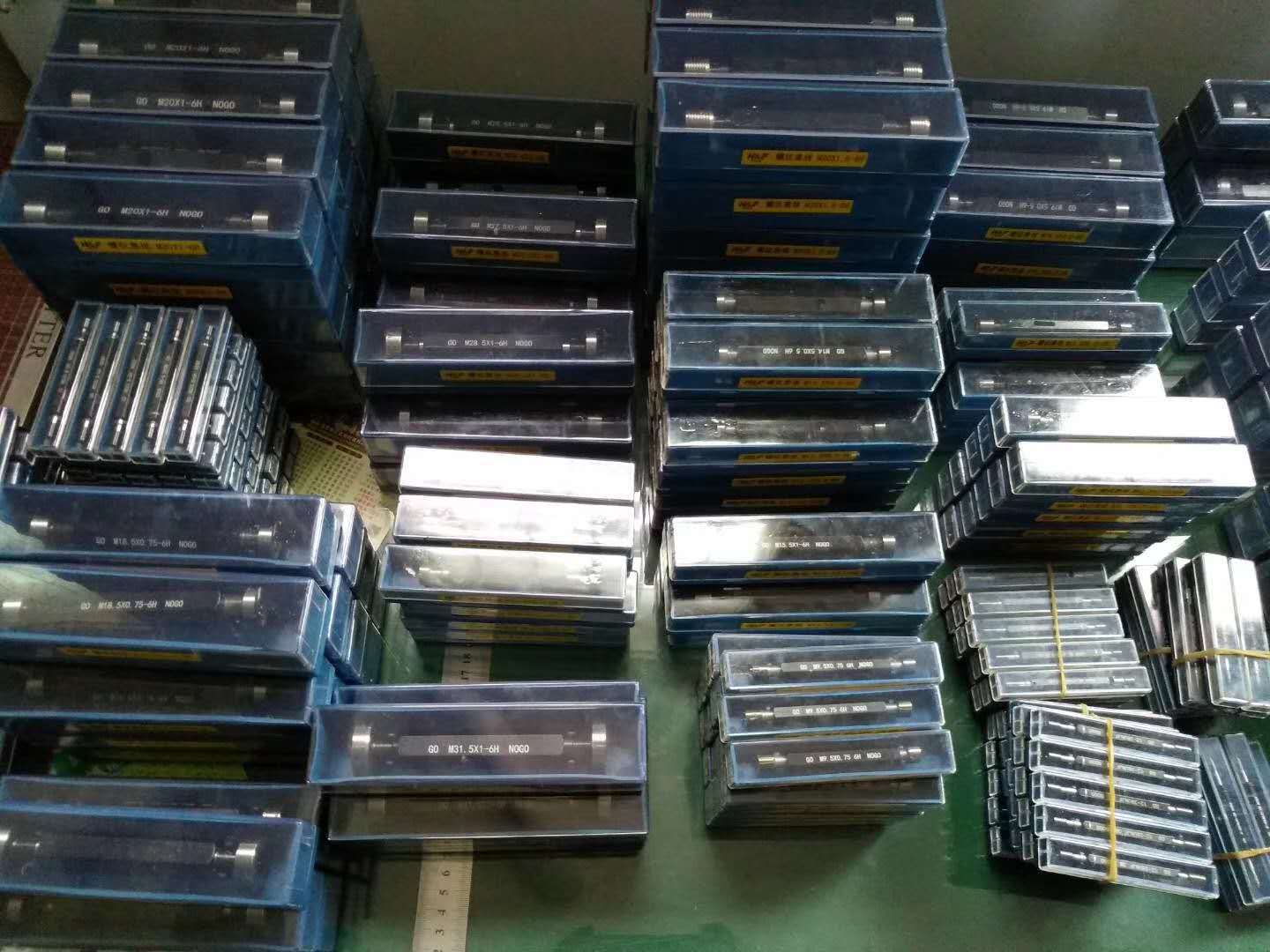Ara . 06, 2024 18:47 Back to list
a one way check valve
Understanding the One Way Check Valve
A one way check valve, also known simply as a check valve or non-return valve, is an essential component in fluid systems. Its primary function is to allow fluid (liquid or gas) to flow in one direction only, preventing backflow that could cause damage to a system or lead to contamination. This article explores the various aspects of one way check valves, including their design, applications, benefits, and maintenance.
Design and Functionality
The design of a one way check valve is relatively simple yet effective. It typically consists of a valve body, a sealing element (often a disc or a ball), and a spring mechanism. When fluid flows in the designated forward direction, the pressure forces the sealing element away from the seat, allowing the fluid to pass through. Conversely, if the fluid attempts to flow backward, the pressure pushes the sealing element against the seat, effectively blocking the flow.
The working mechanism of a one way check valve can vary based on its specific type. Common types include
1. Swing Check Valve This type has a hinged disc that swings open with forward flow and closes against a seat under reverse flow.
2. Lift Check Valve This features a ball or piston that moves vertically within the valve body, allowing flow in one direction while blocking it in the opposite direction.
3. Ball Check Valve A simple design where a ball seals the flow path when fluid tries to flow backward, relying on gravity or spring pressure to maintain closure.
4. Diaphragm Check Valve This type uses a flexible diaphragm that opens and closes based on the flow direction, providing a tight seal against backflow.
Applications
One way check valves are employed in a myriad of applications across various industries. Here are some of the primary applications
- Water Supply Systems Preventing backflow in municipal water supply lines, thereby ensuring safe drinking water.
- Sewage and Wastewater Management Protecting pumps and other equipment in sewage systems from backflow that could lead to system failure or contamination.
- Oil and Gas Industry Ensuring that liquids and gases flow in the intended direction within pipelines, preventing leaks and potential hazards.
a one way check valve

- HVAC Systems Maintaining proper airflow in heating, ventilation, and air conditioning systems by preventing the return of air that could disrupt climate control.
- Food and Beverage Industry Ensuring hygiene and safety in processing lines by preventing contamination through backflow from unregulated sources
.Benefits
The incorporation of one way check valves in various systems offers several benefits
- Prevention of Backflow The most significant advantage is the prevention of backflow, which can protect equipment and maintain the integrity of fluid systems.
- Efficiency By allowing fluids to flow freely in one direction, these valves enhance the overall efficiency of fluid transport.
- Maintenance of Pressure One way check valves help maintain system pressure by preventing the reverse flow of fluids, which can be critical in many applications.
- Cost-Effective Solution They are relatively inexpensive and require minimal maintenance, providing a cost-effective means of promoting system reliability.
Maintenance
While one way check valves are designed for durability, regular maintenance is essential to ensure optimal performance. Here are a few maintenance tips
- Regular Inspection Check for signs of wear or damage to the valve body and sealing elements. Routine inspections can help identify issues before they lead to system failures.
- Cleaning Depending on the environment, sediment and debris can accumulate, impacting the valve’s function. Regular cleaning can help maintain flow efficiency.
- Testing Periodically test the valve by observing its operation under varying pressure conditions to ensure it remains functional.
In conclusion, one way check valves are vital components in numerous fluid systems, offering invaluable benefits in preventing backflow and maintaining efficiency. Their simple yet effective design, along with their diverse applications, underscores their importance in various industries. Regular maintenance is key to ensuring their longevity and optimal performance, making them a reliable choice for engineers and system designers alike.
-
thread-plug-gauge-our-promise-of-measurement-excellenceNewsAug.22,2025
-
gauge-pin-class-reflecting-quality-legacyNewsAug.22,2025
-
check-valve-types-for-high-rise-buildingsNewsAug.22,2025
-
water-control-valve-for-irrigation-systemsNewsAug.22,2025
-
gate-valve-with-soft-seal-technologyNewsAug.22,2025
-
y-type-strainer-for-oil-and-gas-applicationsNewsAug.22,2025
Related PRODUCTS









